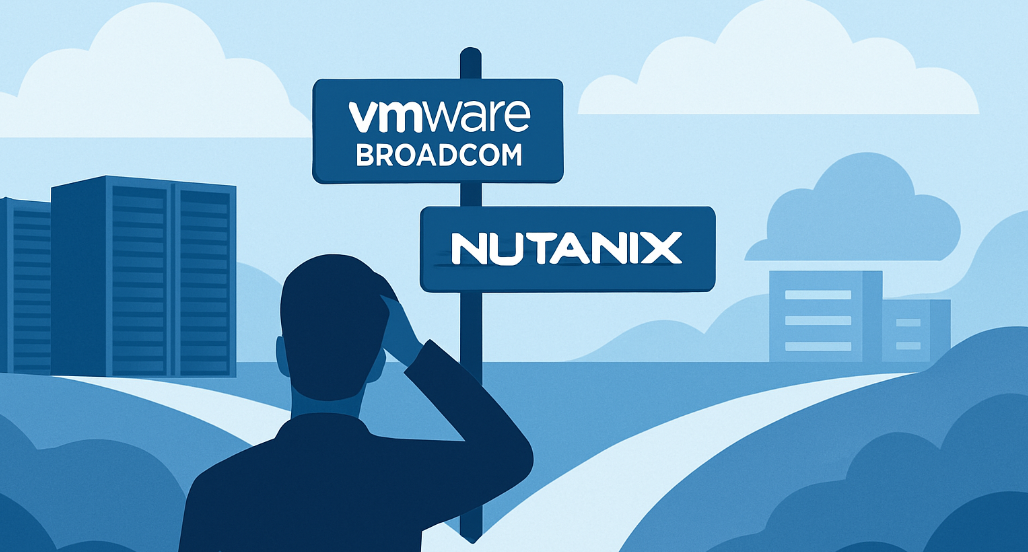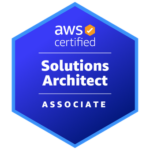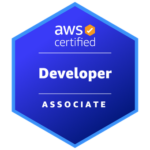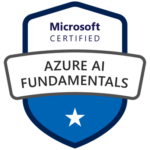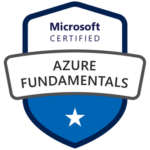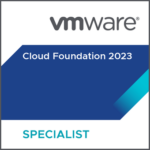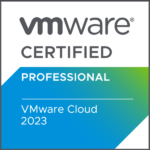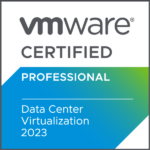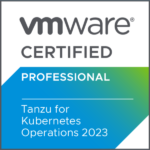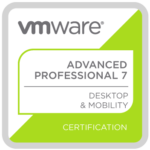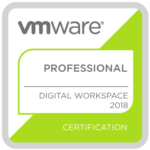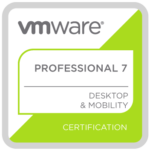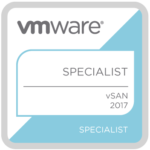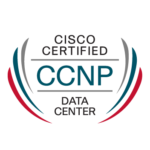There comes a point in every IT strategy where doing nothing becomes the most expensive choice. Many VMware by Broadcom customers know this moment well, and they sense that Broadcom’s direction isn’t theirs, but still hesitate to move. The truth is, the real risk isn’t in changing platforms but waiting too long to reclaim control.
I have worked with VMware products for more than 15 years and even spent part of my career as a VMware solution engineer before Broadcom acquired this company. A company that once had a wonderful culture. A culture that, sadly, no longer exists. Many of my former colleagues no longer trust their leadership. What does this mean for you?
We know that VMware environments are mature, battle-tested, and deeply embedded into how enterprises operate. And that’s exactly the problem. Over the years, VMware became more than a platform. It became the language of enterprise IT with vSphere for compute, vSAN for storage, NSX for networking. It’s how we learned to think about infrastructure. That’s the vision of VMware Cloud Foundation (VCF) and the software-defined data center (SDDC).
Fast forward, even when customers are frustrated by cost increases, licensing restrictions, or shifting support models, they rarely act. Why? Because it feels safer to tolerate pain than to invite uncertainty. But stability is often just an illusion. What feels familiar isn’t necessarily secure.
The Forced Migration Nobody Talks About
The irony is that many customers who think they are avoiding change are actually facing one. Just not by choice. Broadcom’s current direction points toward a future where customers can only consume VMware Cloud Foundation (VCF) as a unified, integrated stack. Which, in general, is a good thing, isn’t it?
As a result, you no longer decide which components you actually need. Even if you only use vSphere, vSAN, and Aria Operations today, you will be licensed and forced to deploy the full stack, including NSX and VCF Operations/Automation, whether you need them or not. While that’s still speculation, everything Hock Tan says points in this direction. And many analysts see it the same way.
Broadcom reached VMware’s goal: VCF has become their flagship product, but only by force and not by the customer’s choice. Broadcom has leverage by choosing the right discounts to make VCF the “right” and only choice for customers, even if they don’t want to adopt the full stack.
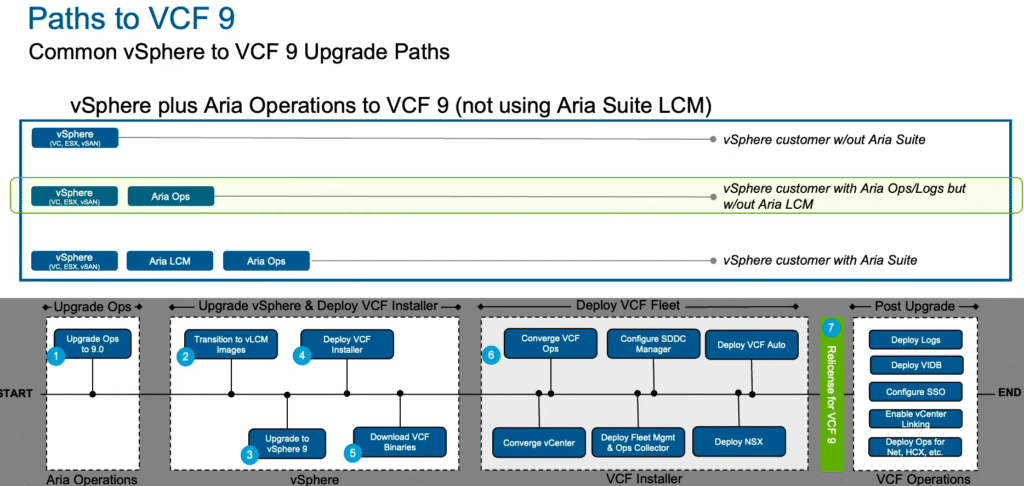
What does this mean for your future? In practice, it’s a structural migration disguised as continuity and not just a commercial shift. Moving from a traditional vSphere or HCI-based setup to VCF comes with the same side effects, changes, and costs you would face when adopting a new platform (Nutanix, Red Hat, Azure Local etc.).
Think about it: If you must migrate anyway, why not move toward more control, not less?
Features, Not Products
Broadcom has been clear about its long-term vision. The company now describes VMware Cloud Foundation as the only product name. They see it as the operating system for data centers, which is a great message, but Broadcom wants VMware to operate like Azure, where you don’t “buy” networking or storage. You consume them as built-in features of the platform.
Once this model is fully implemented, you won’t purchase vSphere or NSX. You’ll subscribe to VCF, and those technologies will simply be features. The Aria Suite has already disappeared from the portfolio (example: Aria Operations became VCF Operations). The next product to vanish will be everything except the name VMware Cloud Foundation.
It’s a clever move for Broadcom, but a dangerous one for customers. Yes, I am looking at you. Because when every capability becomes part of a single subscription, the flexibility to choose or not to use disappears. This means your infrastructure, once hybrid and modular, is now a monolith. Imagine the lock-in of any hyperscaler, but on-premises. That’s the new VMware.
The True Cost of Change
Let’s be honest, migrations are not easy. They require time, expertise, and courage. Yes, courage as well. But the cost of change is not the real problem. The cost of inaction is.
When organizations stay on platforms that no longer align with their strategy, they pay with flexibility, not just money. Every renewal locks in another year(s) of dependency. Every delay potentially pushes innovation further out of reach. And with Broadcom’s model, the risk isn’t just financial. The control over your architecture, your upgrade cadence, your integrations, and even your licensing terms slowly moves away from you. And faster than you may think.
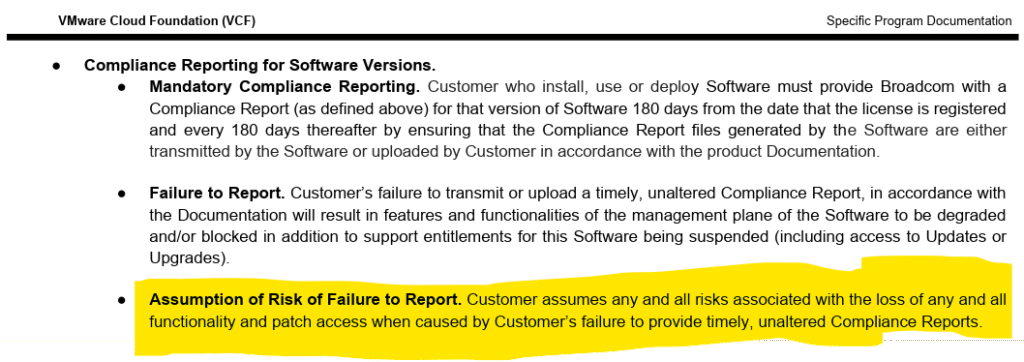
Broadcom’s new compliance mechanisms amplify that dependency. According to the November 2025 VCF Specific Program Documentation, customers must upload a verified compliance report every 180 days. Failing to do so allows Broadcom to degrade or block management-plane functionality and suspend support entitlements. What once was a perpetual license has become an always-connected control loop. A system that continuously validates, monitors, and enforces usage from the outside. Is that okay for a “sovereign” cloud or you as the operator?
You don’t notice it day by day. But five years later, you realize: Your data center doesn’t belong to you anymore.
Why Change Feels Bigger Than It Is
Anyway, change is often perceived as a massive technical disruption. But in reality, it’s usually a series of small, manageable steps. Modern infrastructure platforms have evolved to make transitions far less painful than before. Today, you can migrate workloads gradually, reuse existing automation scripts, and maintain uptime while transforming the foundation beneath.
What used to be a twelve-month migration project can now be done in phases, with full visibility and reversible checkpoints. The idea is not to replace everything. It’s to regain control, layer by layer.
Freedom as a Strategy
Freedom should be a design principle. It means having a platform that lets you choose, and it also means being able to decide when to upgrade, how to scale, and where your data lives, without waiting for a vendor’s permission.
This is why I joined Nutanix. They don’t force you into a proprietary stack. They abstract complexity instead of hiding it. They allow you to run what you need, and only what you need, whether that’s virtualization, containers, or a mix of both. Yep, and you can also provide DBaaS (NDB) or a private AI platform (NAI).
I’m not telling you to abandon what you know. Take a breath and think about what’s possible when choice returns.
For years, VMware has been the familiar home of enterprise IT. But homes can become cages when you are no longer allowed to move the furniture. The market is moving towards platforms that combine the comfort of virtualization with the agility of cloud without the loss of control.
This shift is already happening. Many organizations start small – with their disaster recovery site, their dev/test environment, or their EUC workloads. Once the first step is done, confidence grows. They realize that freedom doesn’t come from ripping everything out. It comes from taking back control, one decision at a time.
A Quiet Revolution
The next chapter of enterprise infrastructure will not be written by those who cling to the past, but by those who dare to redesign their foundations. Not because they want to change, but because they must to stay agile, compliant, and sovereign in a world where autonomy is everything.
The legal fine print makes it clear. What Broadcom calls modernization is, in fact, a redesign of control. And control rarely moves back to the customer once it’s gone.
The question is no longer “Can we afford to change?”
It should be “Can we afford not to?”. Can YOU afford not to?
And maybe that’s where your next journey begins. Not with fear, but with the quiet confidence that the time to regain control has finally arrived.

